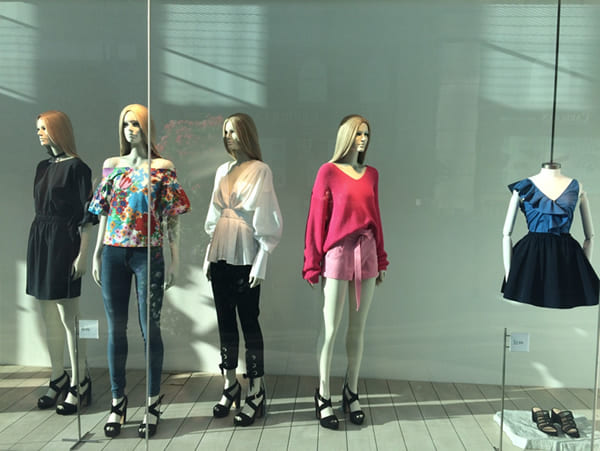First off, Japanese people are always mistaking Ireland for some other country. Sometimes I can kind of see how they do it—with countries like Poland, Finland, or maybe the closest-sounding one, Iceland. People often give me these totally over-the-top reactions like, “It’s freezing there, right!?” and I’ll give some bumbling reply like, “the summers are cool, but the winters are… not that cold I guess.” I’ve even had someone mistake it for New Zealand. I mean, it’s not even on the same continent, so I couldn’t even bring myself to launch some smart comeback (of course I busted out laughing).
The United Kingdom made the decision to leave the European Union not too long ago, but it actually only got just a tiny bit of coverage on TV. Brexit may have some impact on Ireland, but it will continue to belong to the EU and use the euro for its currency.It’s a bit confusing, but the northern tip of the island is known as Northern Ireland, and it’s part of the UK—meaning that there’s a shared border with Great Britain and you can enter via overland routes that don’t require you to cross any open water. The currency also completely changes, so you’ve got to be ready for that. You can get to London by plane in about forty minutes, and though you of course need a passport to board, they don’t really check it when you get off the plane (seems a bit arbitrary—and strange).Ireland used to be similarly under the control of the United Kingdom, and I won’t get into it here, but they did end up fighting a war of independence over it. Irish dance came out of those times.Irish dance has similar origins as tap dancing, but it was also a way for the Irish to communicate with one another without the British noticing. Supposedly it’s a form of dancing that developed from people moving just their legs in unique ways under the table. Certainly you don’t see any large movements in any other parts of the body. People who do this kind of dancing say that it’s quite difficult to keep the body rigid and upright while performing such intense steps with just the legs. In this piece, though, I’d like to talk a bit about clothing—one of the three human necessities along with food and shelter.As I mentioned earlier, Ireland doesn’t have much of a summer. If anything, there are two or three weeks when the highs reach 27 degrees Celsius. For the Japanese readers who are in the midst of high summer right now, it might sound enviably refreshing, but it’s actually a bit depressing. You can wake up and check the weather outside your window, but you can’t trust what you see. If you go out in short sleeves because it’s sunny, you’re bound to quickly catch a cold. The difference in sensible temperature between sun and shade—even in the middle of the day—is about 5 to 7 degrees Celsius. It’s even colder at night.One sight we have here that you don’t see often in Japan is in the clothing stores, where tank tops, sweaters, and jackets are kept on display together year-round. If you’re out on the street, too, you’ll see people in everything from short sleeves to bundled up in leather jackets. Here’s some more on how the clothing shops are set up.Only one of them is wearing a sweater—like, “oops, put on the wrong thing today…”

And here’s a fur coat next to some short-sleeved shirts.

You’ll see trendy styles no matter what clothing shop you go in. I’d like to know how you even wear this.It goes without saying that different countries have totally different trends. People here go wild for stuff I would never want to wear—meanwhile, I’m sure the Irish would laugh at some of our trends. In the end, though, I guess the important thing is that you have the confidence to just like what you like.That’s it for your glimpse into Irish clothing today!
 And here’s a fur coat next to some short-sleeved shirts.
And here’s a fur coat next to some short-sleeved shirts. You’ll see trendy styles no matter what clothing shop you go in. I’d like to know how you even wear this.It goes without saying that different countries have totally different trends. People here go wild for stuff I would never want to wear—meanwhile, I’m sure the Irish would laugh at some of our trends. In the end, though, I guess the important thing is that you have the confidence to just like what you like.That’s it for your glimpse into Irish clothing today!
You’ll see trendy styles no matter what clothing shop you go in. I’d like to know how you even wear this.It goes without saying that different countries have totally different trends. People here go wild for stuff I would never want to wear—meanwhile, I’m sure the Irish would laugh at some of our trends. In the end, though, I guess the important thing is that you have the confidence to just like what you like.That’s it for your glimpse into Irish clothing today!






























































